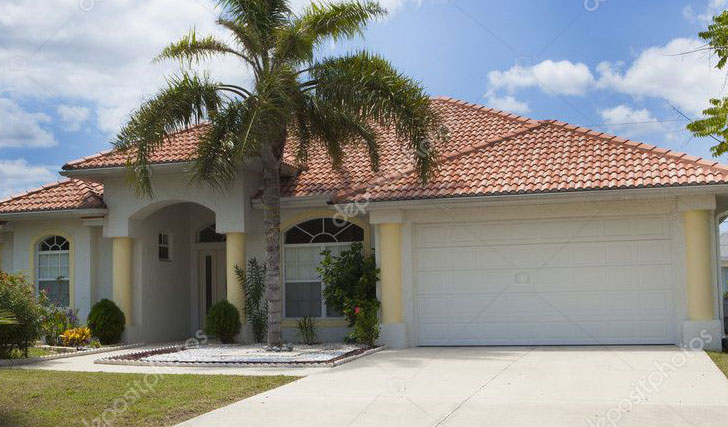At San Carlos Roofing you not only get quality service but we will only use the highest quality materials on you project. Click on our links to see products. If you don't see what you are looking for, ask us. Award winning roofing company serving Naples, Fort Myers Beach, Bonita Springs, Estero, Fort Myers, and Cape Coral.

The roofing industry has seen a significant increase in new roof construction in recent years. Several factors contribute to this trend, ranging from technological advancements to environmental concerns and economic factors. Here are the key reasons why new roof construction has exploded recently:
1. Aging Housing StockMany homes built in the post-World War II housing boom are reaching the end of their original roof lifespans. Homeowners are now faced with the need to replace these aging roofs, leading to a surge in new roof construction.
2. Technological AdvancementsAdvances in roofing technology have made new roofs more durable, energy-efficient, and cost-effective. Innovations such as cool roofs, solar shingles, and improved materials have increased the appeal of new roof construction.
3. Increased Focus on Energy EfficiencyAs energy costs rise and environmental awareness grows, homeowners are increasingly focused on improving their home's energy efficiency. New roofing materials and technologies offer better insulation and reflective properties, which can significantly reduce energy bills and carbon footprints.
4. Frequent Severe Weather EventsThe increase in severe weather events, such as hurricanes, hailstorms, and heavy snowfall, has led to more roof damage and the need for replacements. Homeowners are opting for new roofs that can better withstand these extreme conditions.
5. Rising Property ValuesWith the real estate market experiencing growth in many areas, homeowners are investing in new roofs to enhance curb appeal and increase property values. A new roof is a significant selling point that can make homes more attractive to potential buyers.
Government programs and incentives aimed at promoting energy efficiency and sustainability have encouraged homeowners to invest in new roofs. Additionally, stricter building codes and regulations require better roofing materials and construction methods, prompting more roof replacements.
7. Economic Recovery and Increased Spending PowerAs the economy recovers and consumer confidence grows, homeowners are more willing to invest in significant home improvement projects like roof replacement. Increased spending power and access to financing options have made it easier for homeowners to afford new roofs.
8. Improved Roofing ProductsThe roofing industry has seen the development of superior roofing products that offer longer lifespans, better warranties, and enhanced aesthetics. These improvements have made new roof construction a more attractive and worthwhile investment for homeowners.
9. Environmental Concerns and SustainabilityThe growing emphasis on sustainability has led many homeowners to replace old roofs with environmentally friendly options. Green roofing solutions, such as recycled materials and solar panels, are becoming more popular as people strive to reduce their environmental impact.
10. Home Improvement TrendsThe trend towards home improvement and renovation has spurred many homeowners to replace their roofs as part of broader remodeling projects. With a focus on creating more comfortable, efficient, and aesthetically pleasing homes, new roof construction has become a priority.
The explosion in new roof construction in recent years can be attributed to a combination of aging infrastructure, technological advancements, economic factors, and a heightened focus on energy efficiency and sustainability. As homeowners continue to prioritize the safety, value, and performance of their homes, the demand for new roofs is likely to remain strong.